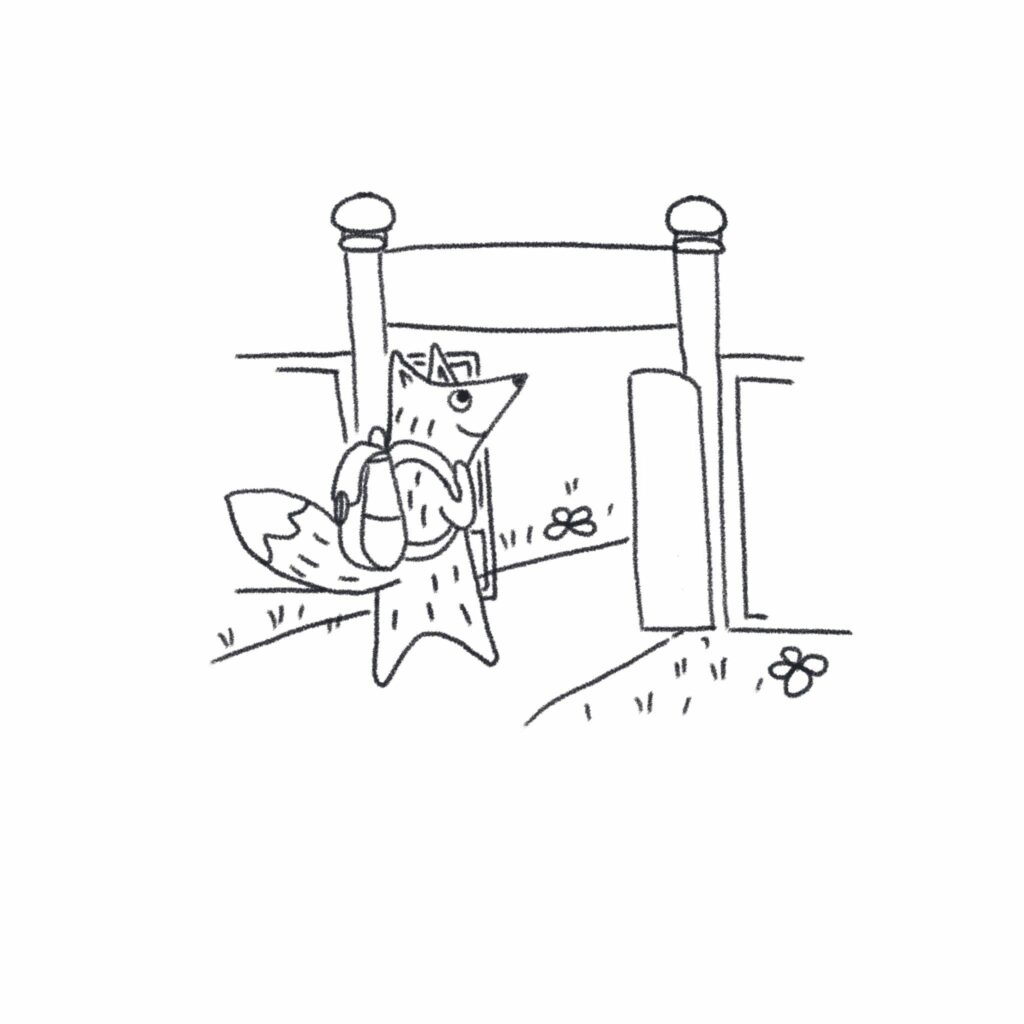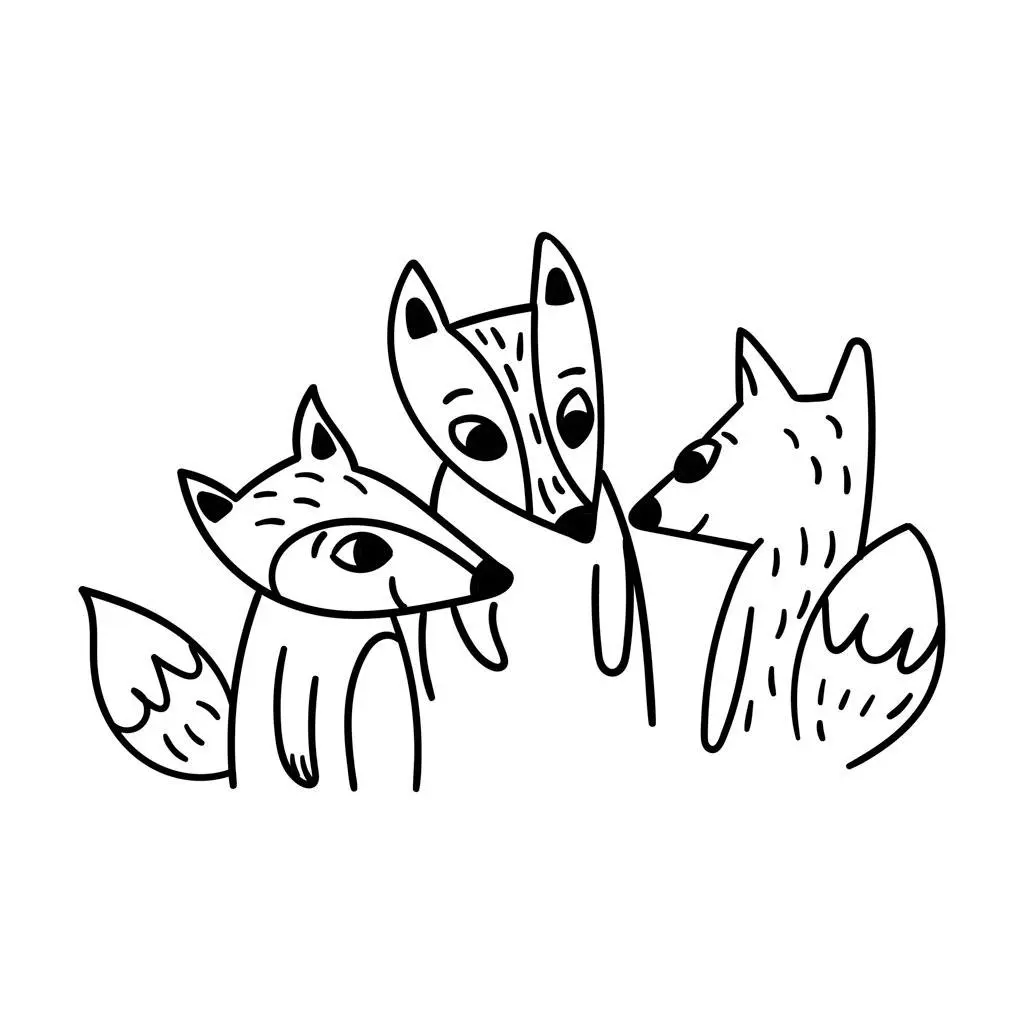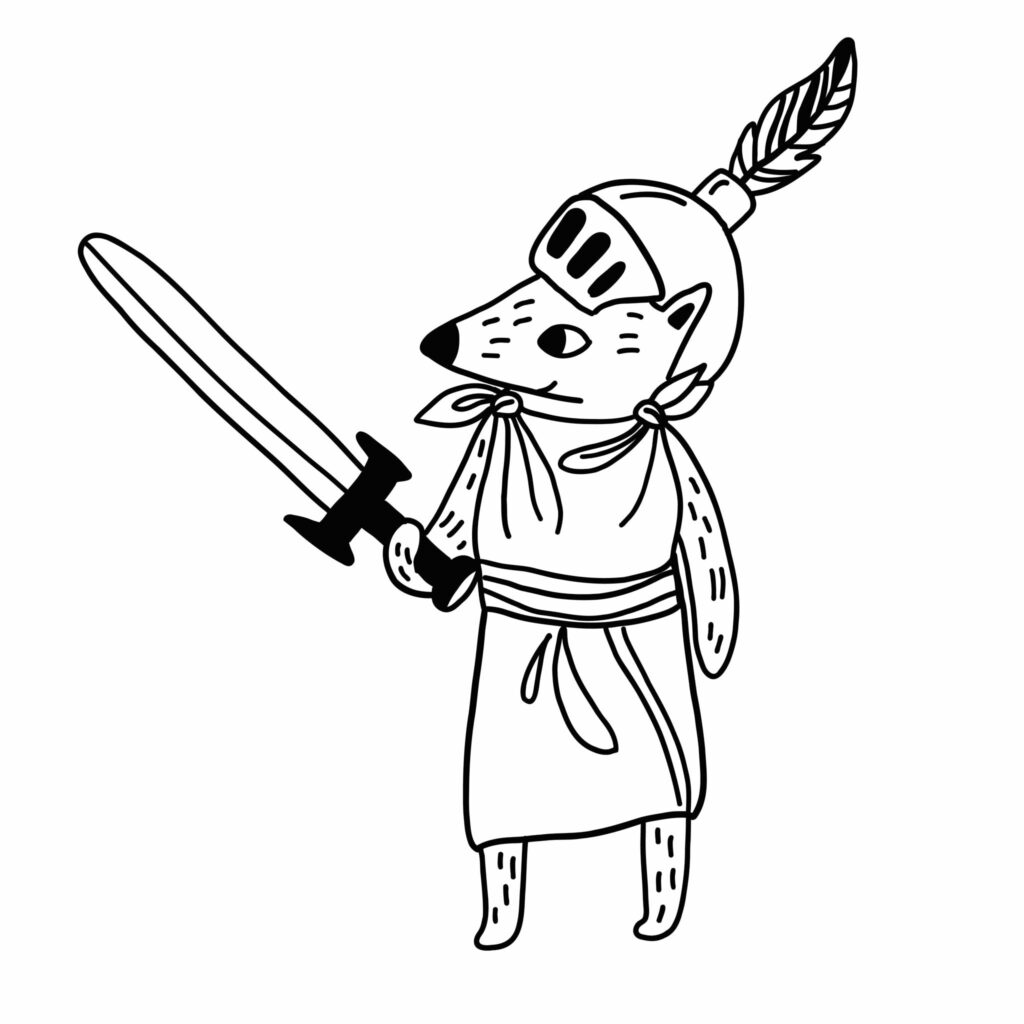Here in England the summer holidays are underway and the days are long.
If, like me, you’re looking for cheap (i.e. free!) ways to entertain your child over the next few weeks, I’ve created a daily series of play tips you might find helpful.
I’ve set myself three constraints:
- The materials must be common enough to be found in most homes.
- If you don’t have them at home, they must be cheap and readily available.
- The activity requires minimal adult support.
This last feature is key. I don’t know about you but I need a break from the children from time to time, especially during the holidays – I’ve got 100 Toys emails to write! So I encourage independent play. It’s good for them, too, as it fosters a can-do, self-starting attitude.
Today, for our first play tip, we look at elastic bands.
Why play with elastic bands?
They’re fun!
And there’s so much to learn.
To stretch a band you have to use both hands together. One hand holds still while the other pulls away. This ‘bilateral co-ordination’ is also useful for holding down paper with one hand while writing with the other, fastening zips and cutting with scissors.
And as you stretch a rubber band, you have to grip it ever more tightly to prevent it snapping back.
When you do this, you are pressing your forefinger and thumb together, and perhaps your middle finger too, strengthening your grip. This leads to better pencil control and writing.
Of course, you can also loop your thumbs through it and stretch the band that way. In this way, your shoulders and core are stabilised as you increase the tension, giving you the platform for confident writing.
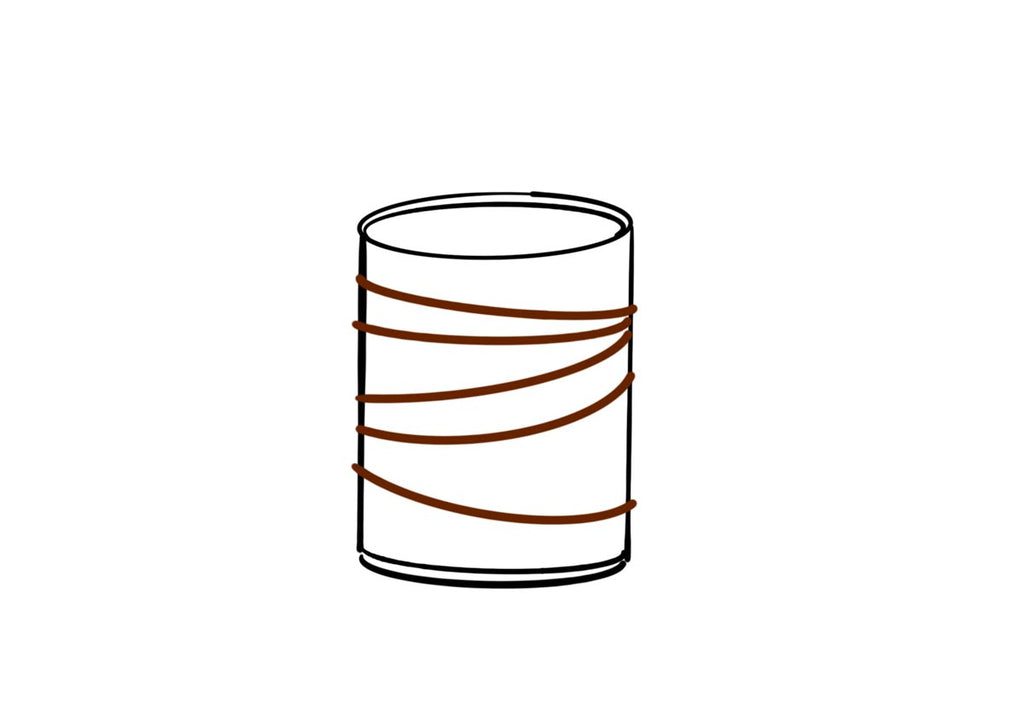
Stretch bands over a tin
How many bands can you stretch over a tin? Are all bands as easy to stretch? Why are some too loose? Why do some snap? Is this band big enough to fit?
These are all questions your child will ask herself. They arise naturally as she plays with the bands. It’s a surprisingly engrossing activity.
Once she has finished, don’t be surprised if she then moves on to other objects around the house.
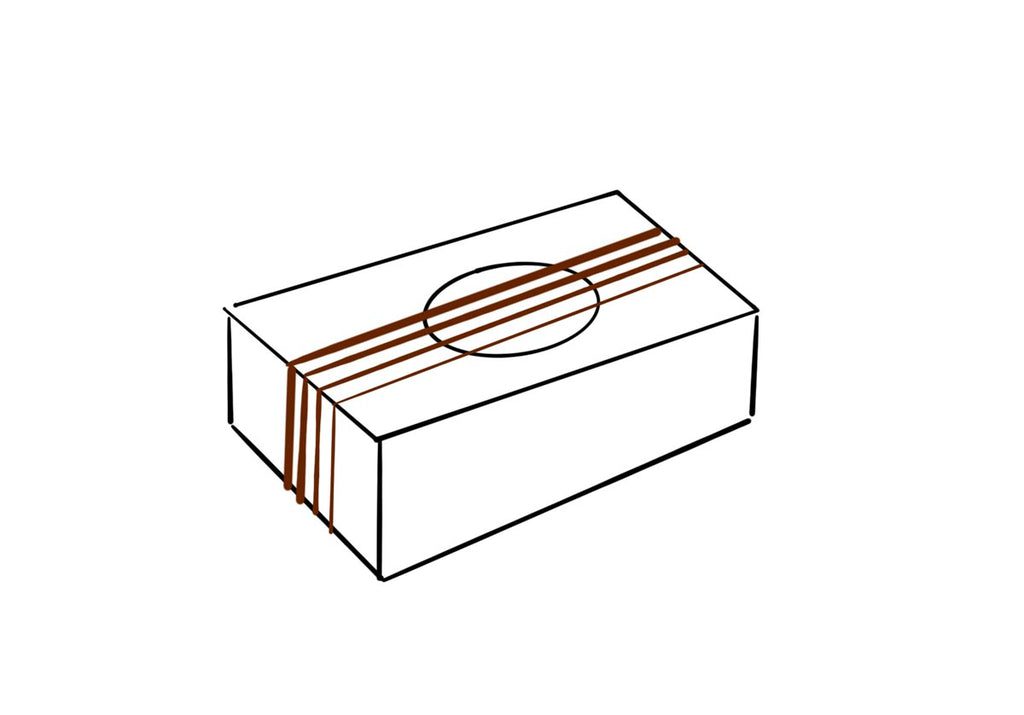
Rubber band guitar
Remember making these at school?
You can make yours extra cool by adding a neck to your guitar (a kitchen roll tube works just fine) but it’s not strictly necessary. The important thing is to use a stiff box with an opening.
Some questions:
- Why did the box buckle? Were the bands too tight? Was the box made from cardboard that was too lightweight?
- Why did the strings buzz?
- What happens if you use an open tupperware box instead of one made from cardboard?
- What happens if you use a plastic beaker?
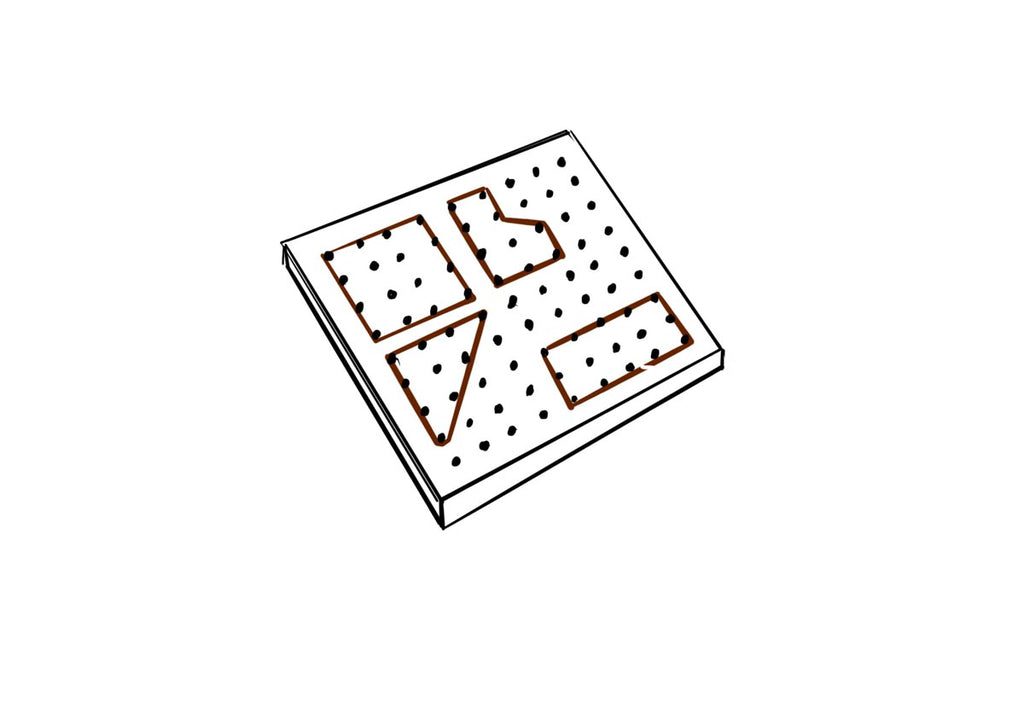
Make shapes with a geoboard
A geoboard is a pin-covered board over which you can stretch elastic bands to make shapes.
But it’s not easy. Choosing the right-sized band is a skill. You have to make sure the tension is sufficient to hold the shape.
And that final stretch to get the band over the pin requires quite a bit of dexterity.
There are lessons to learn, too, about how shapes are constructed. You have to work in straight lines; there are no curves. But your experimentation will lead you to try making a circle. A hexagon is better than a square and an octagon beats a hexagon. How close to a circle can you get?
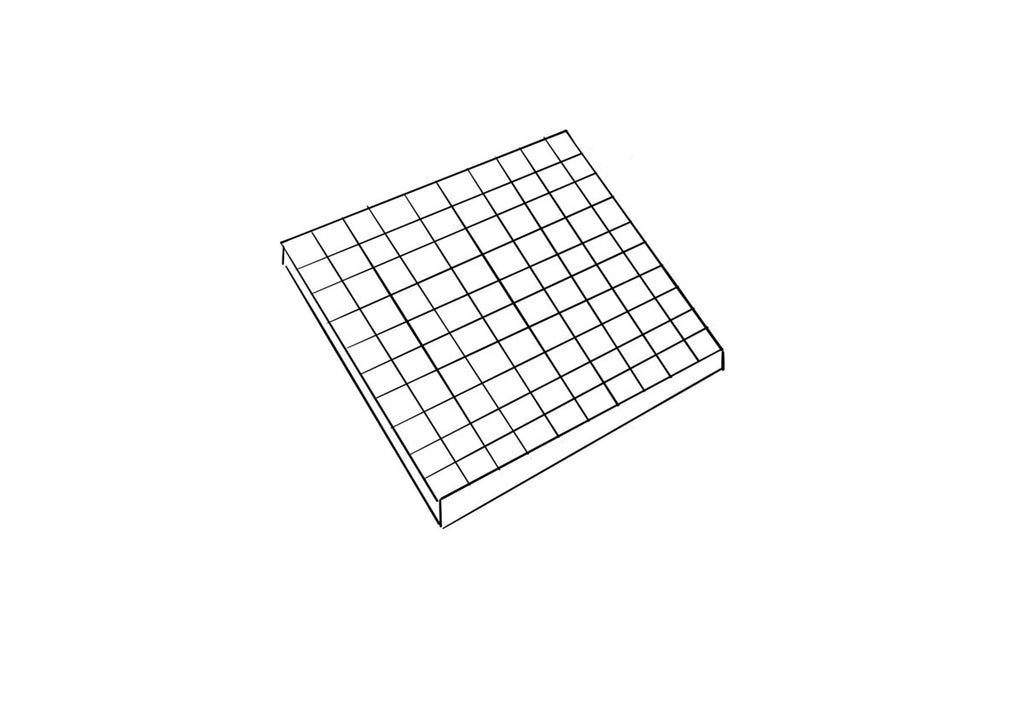
Make your own
Geoboards are cheap to buy but you can easily make your own. Simply take a wooden board (it doesn’t even have to be square, the shape is up to you) and draw a grid on the surface.

Sink screws into the wood wherever the lines cross.
Hey presto! A readymade board!
I’ve seen versions online where they recommend golf tees pushed into styrofoam. This is a quick and easy way to do it but styrofoam is dangerous if swallowed and the golf tees can fly out if you don’t push them in far enough.
Equally, nails are quicker than screws, but make sure you sink them in deeply and use nails with broad, flat heads.
The great thing about a DIY board is that you get to choose how big it is and how close together the pins are. Geo boards are a brilliant learning tool and they’re a big hit with my children, aged 4 – 9.
You can also overlay shapes. Two triangles make a Star of David. Two squares make an 8-pointed star. Two rectangles make a cross.
Ping them!
It’s the reason everyone loves rubber bands. Stretch, aim and fire! Not so easy the first time you try. And you’re liable to let go of the wrong end and blast yourself. It’s an exercise in bilateral co-ordination.
Best of all…
The 100 Toys way: give your child a pile of elastic bands and let her explore.
Remember, these activities are meant as jumping off points. Leave your child with enough elastic bands to continue her investigations.


